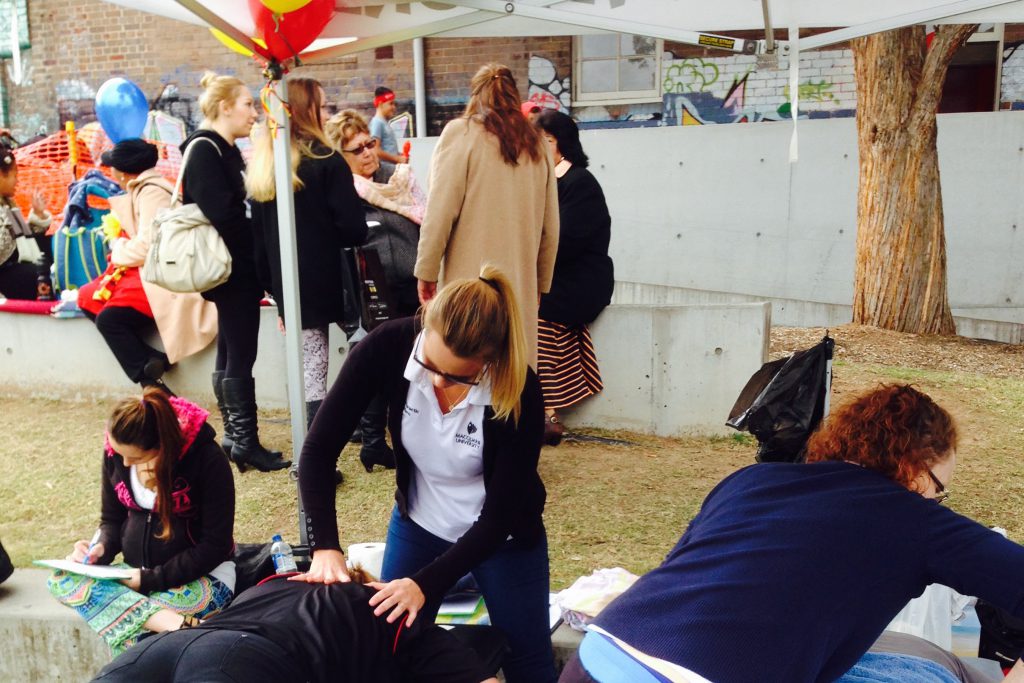On Australia Day 1938, protestors marched through the streets of Sydney, followed by a congress attended by over a thousand people. One of the first major civil rights gatherings in the world, it was known as the Day of Mourning. After the Day of Mourning, there was a growing feeling that it should be a regular event and the second Sunday in July became a day of remembrance for Aboriginal people and their heritage.
In 1975 it was decided that this event should cover a week, from the first to second Sunday in July. With a growing awareness of the distinct cultural histories of Aboriginal and Torres Strait Islander peoples, a committee became known as the National Aborigines and Islanders Day Observance Committee (NAIDOC). This name has become the title for the whole week, and each year, a theme is chosen to reflect the important issues and events for NAIDOC Week.
2019 is being celebrated as the United Nations International Year of Indigenous Languages. ‘Voice, Treaty, Truth’ is the theme of this year’s NAIDOC Week and there were three key elements to the reforms set out in the Uluru Statement from the Heart. Aboriginal and Torres Strait Islander people want their voice to be heard.
The release of the Social Justice Report 2005, called for Australian governments to commit to achieving equality for Aboriginal and Torres Strait Islander people in health and life expectancy within 25 years (Aboriginal and Torres Strait Islander Social Justice Commissioner, 2005). The Close the Gap campaign was launched in 2007.
The Council of Australian Governments (COAG) listened to Aboriginal and Torres Strait Islander communities and their stakeholders. In December 2008, COAG pledged to close key gaps, and recognised that a concerted national effort was needed to address Indigenous disadvantage.
The target to close the gap in life expectancy between Aboriginal and Torres Strait Islander people and non-Indigenous people by 2031 is, in 2019, widening rather than closing. In his Closing the Gap Report 2019 to Parliament, the Prime Minister acknowledged that this target is not on track.
How as a profession can chiropractors contribute to helping Close the Gap for Aboriginal and Torres Strait Islander peoples? The Aboriginal and Torres Strait Islander Practitioner Network (ARRPN) is presently working on a Reconciliation Action Plan (RAP), a strategic document that supports our organisation’s business plan. It includes practical actions that will drive our organisation’s contribution to reconciliation both internally and in the communities in which we operate. The RAP Program contributes to advancing reconciliation by supporting organisations to develop respectful relationships and create meaningful opportunities with Aboriginal and Torres Strait Islander peoples.
The ACA Board and ARRPN are working towards unveiling the RAP at our AGM in October. We plan to do this with a Welcome to Country with the aid of the local Aboriginal community and a smoking ceremony.
NAIDOC week will be celebrated by Redfern’s Aboriginal and Torres Strait Islander community on Friday the 12 July at the National Centre of Indigenous Excellence in Redfern with the support of Hands on Health Australia and Macquarie University. ARRPN will be setting up a booth for final year chiropractic students to assess and treat members of the community.
The ARRPN Committee would also like to invite members of the ACA who are working in or with Aboriginal and Torres Strait Islander communities to get in touch with us by contacting me via emailing [email protected]
– Dr Joan van Rotterdam
